Satu Raappana is the Manager of Online Crises Services at MIELI Mental Health Finland and Lauri Holmström worked for the Ministry of the Interior in 2019 as part of the secretariat for the Internal Security Strategy. What connects them is that they both work to reduce inequality among children and young people. When they applied for Sitra’s future laboratory, they took a bold step into a process in which they learned societal changemaking in a new innovative way.
At the laboratory, their team, making use of technological development, also included Elina Palola from the Ministry of Social Affairs and Health, Onni Westlund from Pesäpuu ry and Elina Sarpola from Productivity Leap Oy. They all work to reduce inequality among children and young people in different sectors of society.
“Each brought to the table their own skills, such as security and safety, artificial intelligence and child welfare. The team was chosen wisely with a fine-tooth comb. It was not necessary to build our mutual respect, it was already there,” says Satu Raappana.
First, the participants got to know each other as people, and they in fact worked very collegially. The background organisations mattered when discussing perspectives on the shared field of activity and when making things happen.
One of the lab’s values is dialogue orientation. The encounters were very equal, regardless of whether the person was a research director or a former troubled youngster, Holmström says.
From these starting points, the team began to think about what in the field of work against increasing inequality among children and young people would need solutions, and what kind of solution could be experimented with within the framework of the lab.
The chosen experiment was to develop online training to support young people’s mental health. Raappana’s employer Mieli ry co-ordinates the Sekasin chat service with the Finnish Red Cross. It is intended to support those aged 12 to 29 in mental health and crisis situations. It has been noted in the chat that young people long for online follow-up care.
According to Raappana, it was previously possible to only guide young people from the chat to a school nurse or healthcare centre to get a referral. Many young people consider this to be difficult and might not seek any care because of that.
“They choose the chat because it’s easier for them. However, it would be entirely possible to realise the follow-up care online.”
From idea to action
Often, making changes can involve overcoming cold feet. We often think that we should achieve something enormous right away. In the future laboratory, Raappana learned how to set the bar a little lower.
Let’s just try and do! That’s the approach I learned.
You can even start by trying something small, because, systemically thinking, changing a component of the system changes the entire system,” Raappana says.
“In a few days, we got to try out what the idea would look like in practice. Trying is the only way to see it, and then you face problems that you cannot come up with at your desk. And the issues you face influence what you’ll try next,” Holmström says.
Holmström emphasises the “maker” in changemaker. He considers that the lab differed significantly from ordinary training in that he got the experience of doing something instead of mere theory.
“You can read about those things, but doing them in practice is something completely different. This was very educational because my work is usually at the upper level of administration and I don’t even get to see the practical implementation.”
How was this achieved?
A cross-sectoral team brought their background organisations with them, and they made the smooth progress of the experiment possible. The Digionni training model was developed from the face-to-face Onni training scheme provided by the state Ohjaamo centres and the clients of the experiment from the Sekasin chat; Productivity Leap Oy assisted in the implementation; and dialogue with the target group was established by Pesäpuu ry.
Digionnin valmennusmalli tuli valtion tuottamien Ohjaamojen normaalisti kasvokkain tarjoamasta Onni-valmennuksesta, kokeilun asiakkaat Sekasin-chatista, toteutuksessa auttoi Productivity Leap Oy ja keskusteluyhteys kohderyhmän kanssa löytyi Pesäpuu ry:n kautta.
“Perhaps the wisdom of the lab was in us being from so many organisations. If we needed the Ministry of the Interior to confirm something or Kela to answer a question, the answer could be found at the next table. Had I sent a message to the Ministry of the Interior or the Board of Ohjaamo centres that we would like to do this kind of experiment with you, I might have received an answer six months later saying that we should meet and think about it,” Raappana says.
The spotlight was put on the young people for whom the service was built. Pesäpuu ry’s Onni Westlund organised a meeting between the team and young people placed in substitute families. The meeting was particularly memorable for Lauri Holmström, who is used to the formal work of a civil servant.
“We just ate pizza and talked. They were ordinary and surprisingly mature young people, who had nevertheless experienced rough things. The young people’s lives would have remained far more distant had I read about them in studies. It is obvious, but radical in practice: if we are thinking about how to improve young people’s engagement and reduce inequality, of course we need to talk with them. Actually, that realisation even led to amusement at some point, but this was so different from typical administrative work where a working group is gathered and papers are circulated for statements at some stage.
What did Sitra do?
Both Raappana and Holmström compliment Sitra on how it got them to function as a group. During the contact days, the team was taken to Tampere and London – removed from their day-to-day surroundings.
“We spent a lot of time together. We took time to study the skills and resources we had to give. Thinking about your own strengths is always worthwhile, and it is uplifting to receive recognition. We Finns might not be that good at praising others and celebrating small successes, but it was a basic element in this training,” according to Raappana.
The training was not mere praise, but also closely planned intensive work.
Raappana says that the underlying theme of the work was developing the teams’ experiments. “It was supplemented with different themes in the form of introductions, lectures and team tasks relating to innovative experiments carried out across the world and background theories.”
Sitra structured the activity and kept the focus on keeping the process in motion. It defined the goals for each contact day and monitored the progress of the work: what had already been solved, what remained unclear and what should be the focus of the immediate thinking.
“We learned that often 15 minutes is enough for brainstorming,” says Holmström. “If you spend two hours, the ideas are rarely much better. I learned that even fifteen-minute sprints get results that are good enough. Then, you can always go back and fix the details.”
The investment paid off
The project was also often worked on between the contact days. The teams had an online platform on which the participants collected ideas and where they talked. This kept the process going between the contact days and helped with orientation as the contact days approached.
“At least for me, it worked so that I didn’t want to miss the party. I wanted to put effort into it because it meant the contact days were even cooler,” says Holmström.
Raappana and Holmström feel that it was also the team’s commitment that made the experiment so good. Sitra did well in building the framework of the training, but it was the participants who made the experiment.
“I believe that I’m speaking for everybody when I say that no one was there to just hang out – everyone was in 100%,” says Holmström. “Even though the theme and pace of work were tough, it was also fun. At times, we argued fiercely about some things, but the goals were shared by everyone, and they were clear. It was a safe space and the team was made up of equals. There were very different personalities, careers and situations in life involved – it would have taken me perhaps 10 years to build that kind of network, but there we did it in 10 days. This has been one of the absolute best experiences of my career so far!”
Raappana is happy to say that they have all become a permanent team that still keeps in touch. “This is professionally worthwhile because joint projects and connections continue to emerge from it. It is obvious to us that we co-operate, help and encourage each other.”
What continued?
Digionni became a permanent model to which young people can be forwarded from the Sekasin chat. It might be technically lightweight and not visually stunning, but it works and has received positive feedback from the young people who have used it. They get better service in an environment where they like to be.
“At first, we had quite a big picture of the kind of ecosystem we could create, and we marked off one piece of it.
Now the bigger change, too, is about to emerge, with a corresponding referral system also working in Kela’s services as well, Raappana says.
According to Lauri Holmström, the way of working learned at the future laboratory has now also been applied at the ministry level. The key has been a solution-oriented mindset that requires focus, willingness and bold action.
“We must question why we are doing things the way we are doing them. How we could move increasingly from what we should to what we could do. At the Ministry of the Interior, it had effects on the co-operation group on internal security, where we have been aiming to solve extensive problems with stakeholders. When we are there together, we can think about what to focus on, what we could do and then do it. We had been preparing that before, but from this lab I brought this way of working, to move from a conventional working group work towards more agile activity: how it is possible to quickly find points through which we could experiment and measure whether impacts can be achieved. If we find that it can, we can continue.
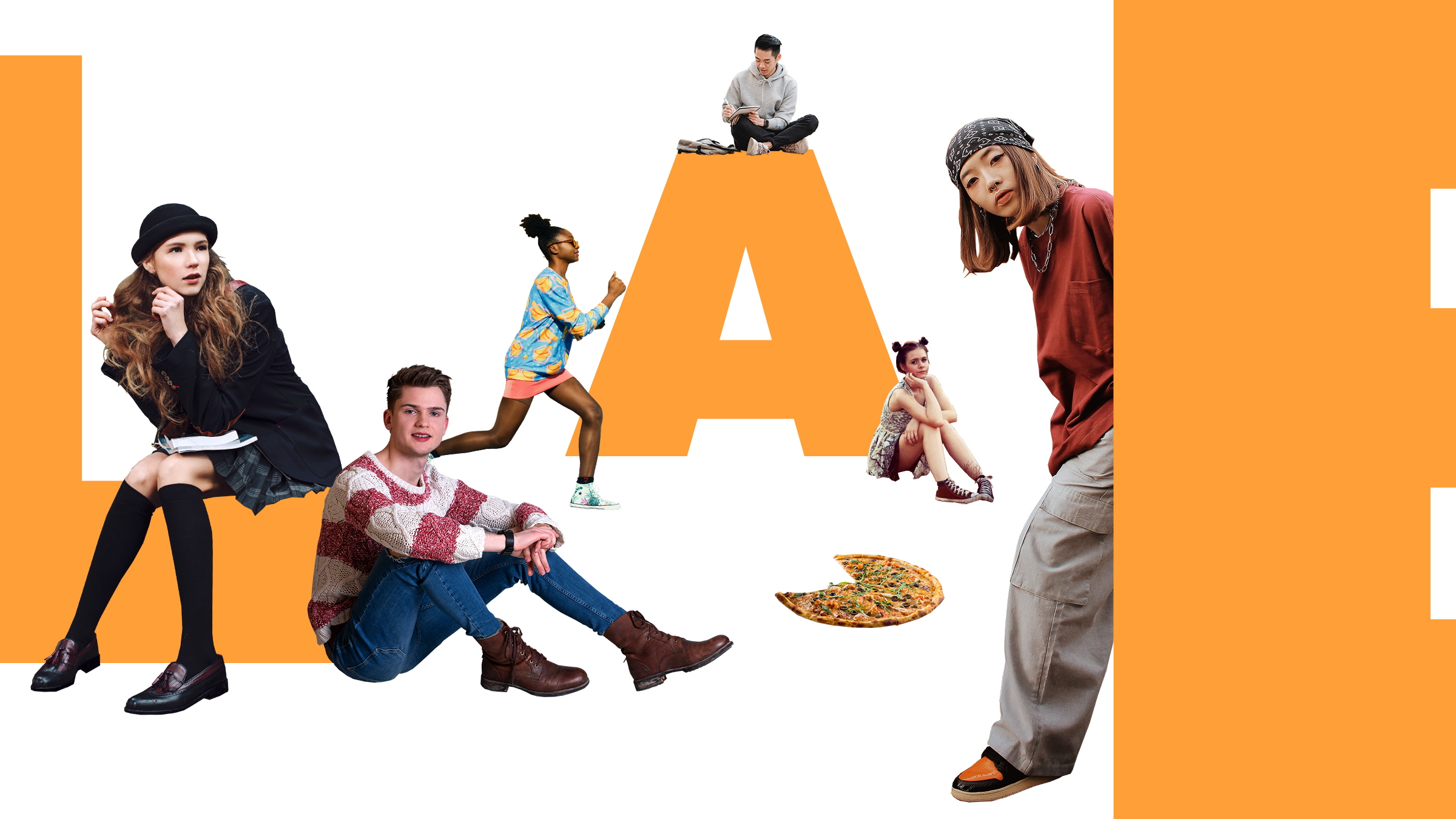
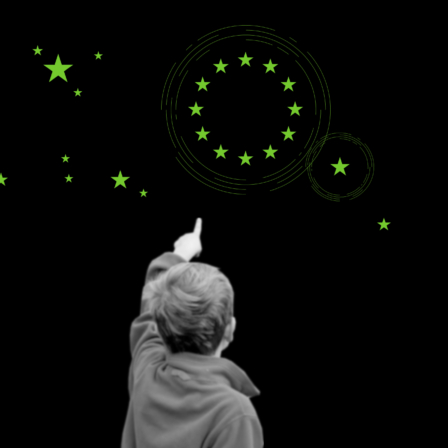
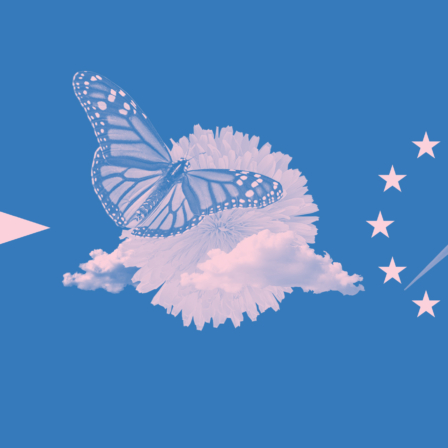
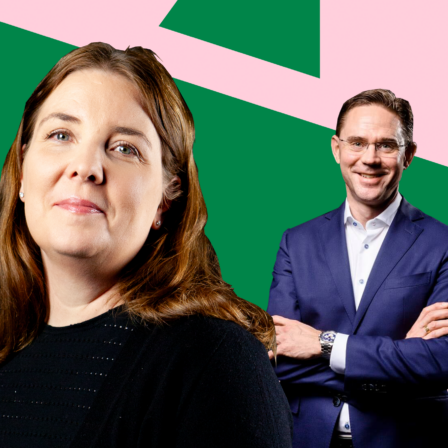
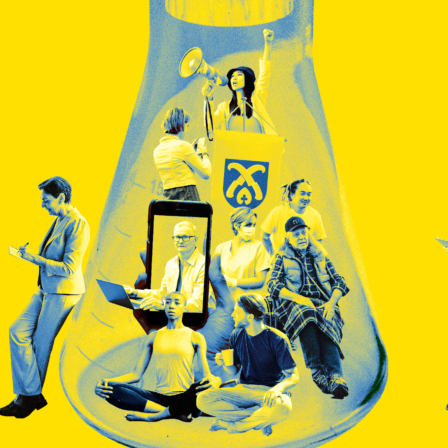
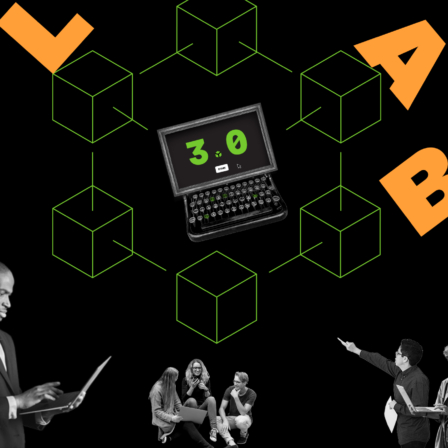
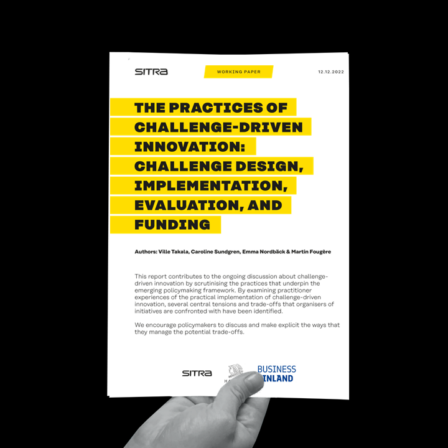
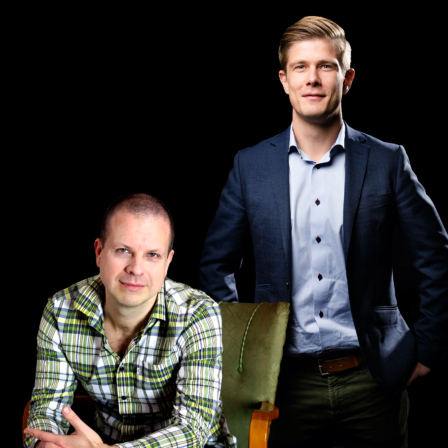
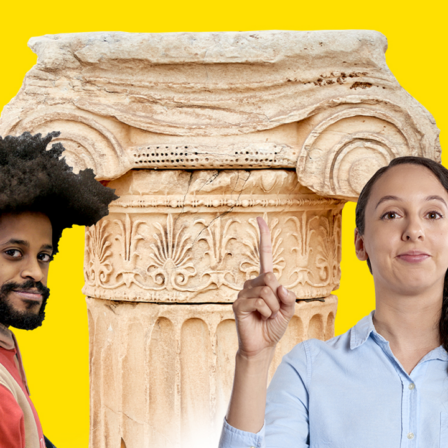
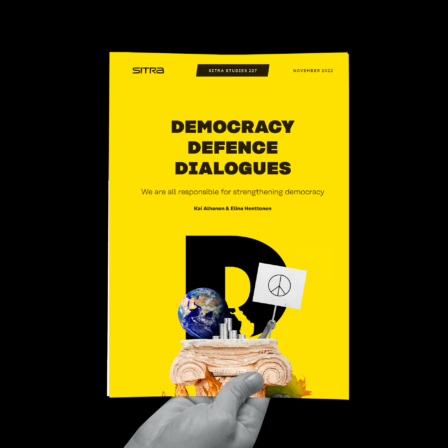


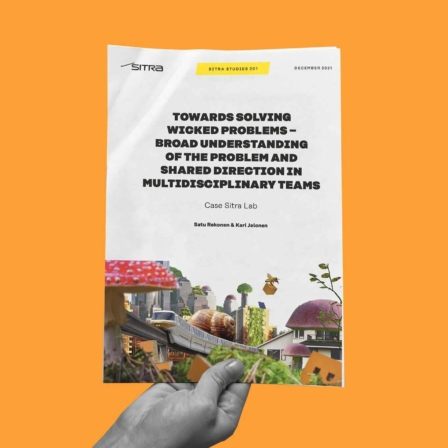

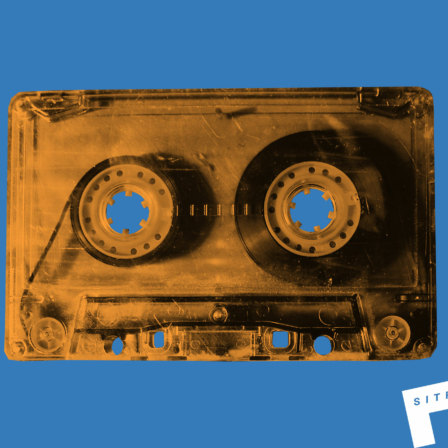
Recommended
Have some more.